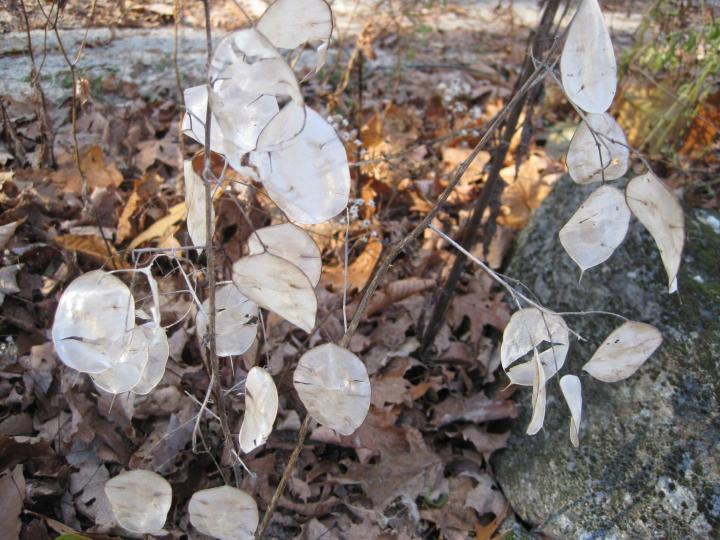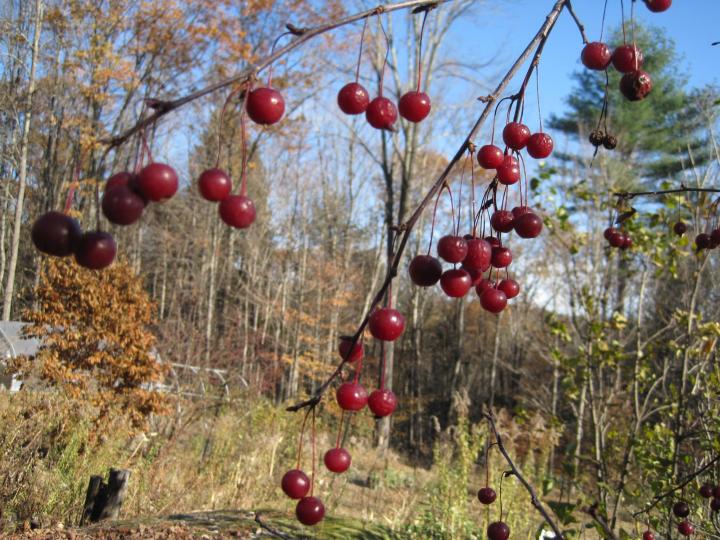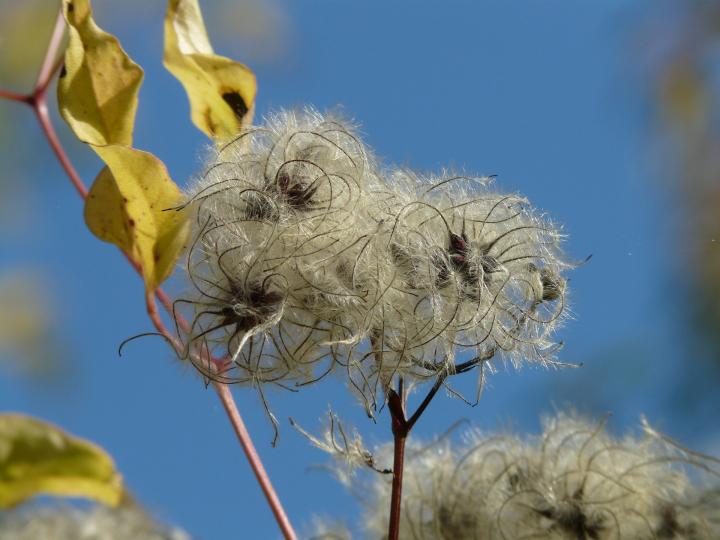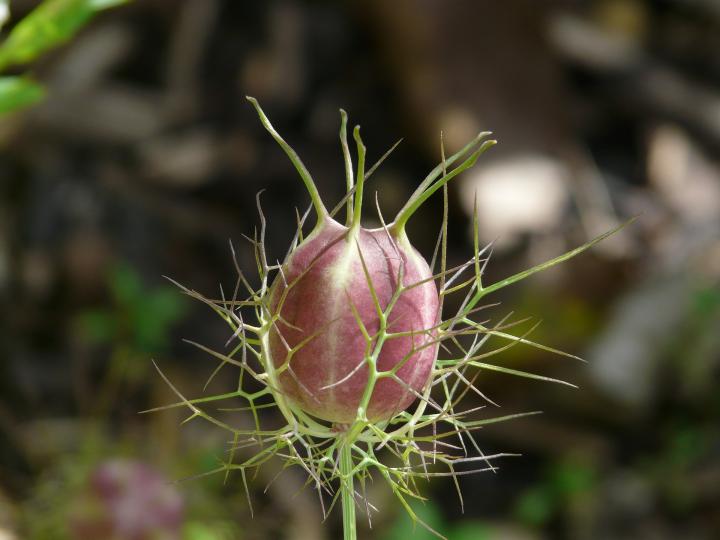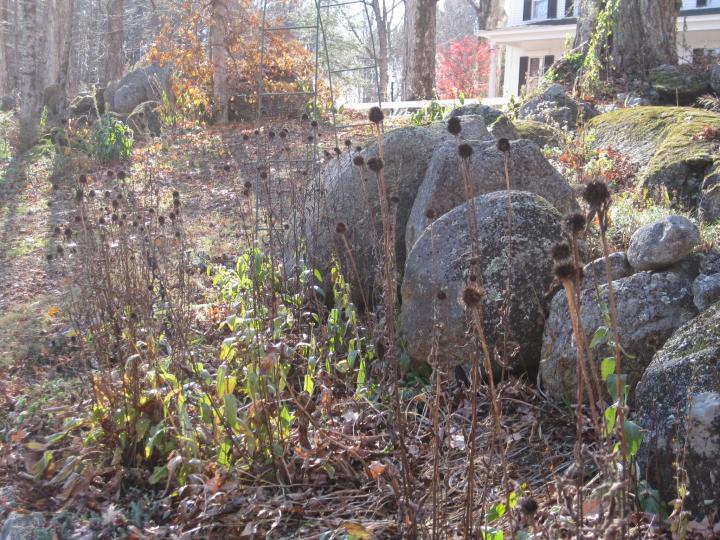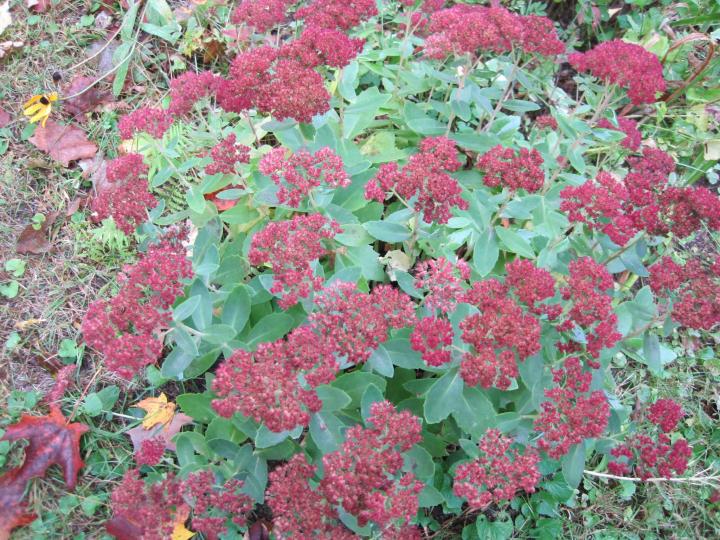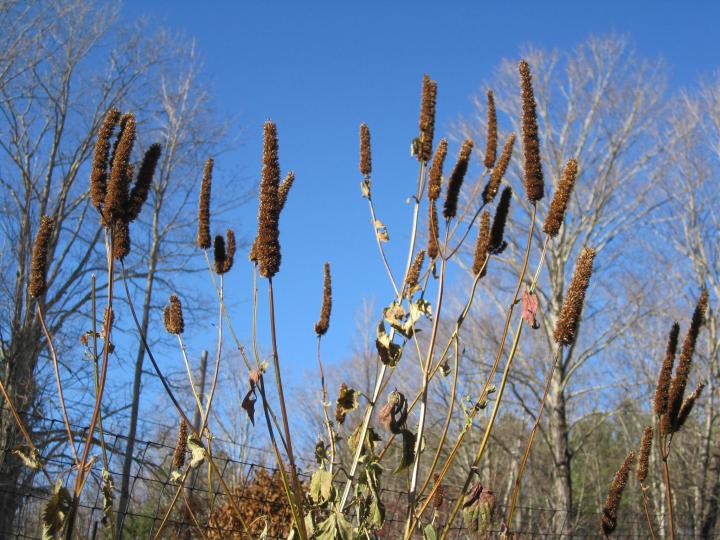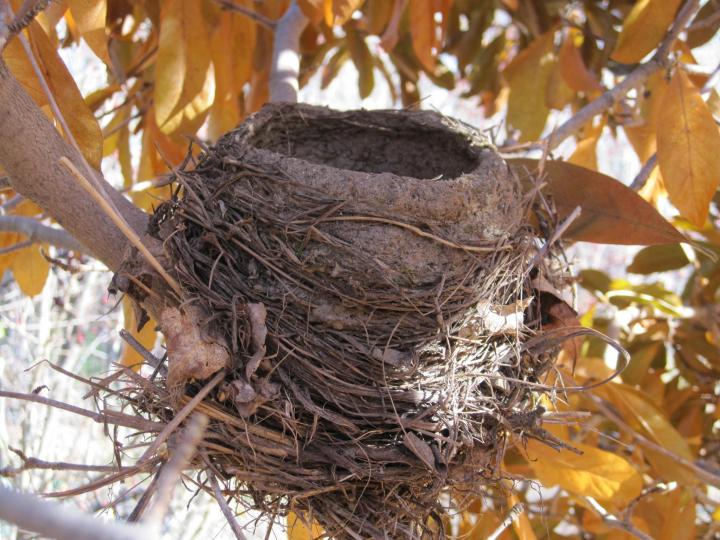
Garden Plants With Seeds That Birds Love
ADVERTISEMENT
Hi Robin, please don't recommend that people plant teasel. It is EXTREMELY invasive, and is considered a noxious weed in many states. As this horrible plant continues to spread, more states will most likely include it on their noxious plant list. Please, please update this article.
Please let people know that teasel shouldn't be planted in ANY state. We shouldn't allow it to invade other areas. If it's not a problem in some areas, we need to keep it that way. Big bucks are spent each year to control this plant. More bird species gravitate to our native plants, some of which you've listed in your article. Thanks for those!
I grew a container of about 12 corn stalks w/Corn this year; I will leave those outdoors; my comment is: I was at Home Depot; there was a large planter of Millet (with seeds); looked like Corn Stalks; I'll try tMillet next yr;;
Teasel is very invasive! Please don't recommend. Blackberry lily is also an aggressive spreader.
Thank you for this article about seeds for birds. I have a Rose of Sharon tree whose seeds spread all over my yard, and I spend a great deal of time pulling up seedlings. I would like to remove them, but I would also like to leave them for the birds, and not sure if I take the pods off the tree now, and leave them in a basket, if they'd be beneficial, or if the birds would even take them. Any insight would be appreciated.
Thank you!
I have found my Goldfinches gobbling the seed from Cosmos, I plan on growing more next year just for my birdie friends.
Not only your friend Jack but the Skaneateles Historical Society of declares that it was considered the Teasel Capital of the World ... Skaneateles Historical Society.org


